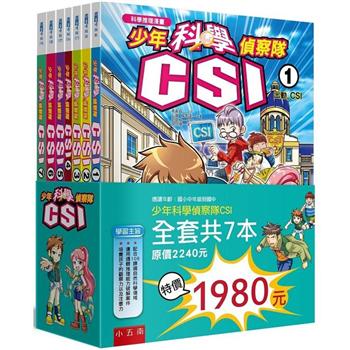| FindBook |
有 2 項符合
VISUAL BASIC 2008: HOW TO PROGRAM 4/E (M-PIE)的圖書 |
| 圖書館借閱 |
| 國家圖書館 | 全國圖書書目資訊網 | 國立公共資訊圖書館 | 電子書服務平台 | MetaCat 跨館整合查詢 |
| 臺北市立圖書館 | 新北市立圖書館 | 基隆市公共圖書館 | 桃園市立圖書館 | 新竹縣公共圖書館 |
| 苗栗縣立圖書館 | 臺中市立圖書館 | 彰化縣公共圖書館 | 南投縣文化局 | 雲林縣公共圖書館 |
| 嘉義縣圖書館 | 臺南市立圖書館 | 高雄市立圖書館 | 屏東縣公共圖書館 | 宜蘭縣公共圖書館 |
| 花蓮縣文化局 | 臺東縣文化處 |
|
|
- 圖書簡介
Created by world-renowned programming instructors Paul and Harvey Deitel, Visual Basic 2008 How to Program, Fourth Edition introduces all facets of the Visual Basic 2008 language hands-on, through hundreds of working programs. This book has been thoroughly updated to reflect the major innovations Microsoft has incorporated in Visual Basic 2008 and .NET 3.5; all discussions and sample code have been carefully audited against the newest Visual Basic language specification. The many new platform features covered in depth in this edition include: LINQ data queries, Windows Presentation Foundation (WPF), ASP.NET Ajax and the Microsoft Ajax Library, Silverlight-based rich Internet application development, and creating Web services with Windows Communication Foundation (WCF). New language features introduced in this edition: object anonymous types, object initializers, implicitly typed local variables and arrays, delegates, lambda expressions, and extension methods.
- 目次
1. Introduction to Computers, the Internet and Visual Basic.
2. Introduction to the Visual Basic Express 2008 IDE.
3. Introduction to Visual Basic Programming.
4. Introduction to Classes and Objects.
5. Control Statements: Part 1.
6. Control Statements: Part 2.
7. Methods: A Deeper Look.
8. Arrays.
9. Introduction to LINQ and Collections
10. Classes and Objects: A Deeper Look.
11. Object-Oriented Programming: Inheritance.
12. Object-Oriented Programming: Polymorphism.
13. Exception Handling.
14. Graphical User Interfaces with Windows Forms.
15. Graphical User Interfaces with Windows Presentation Foundation (WPF) and XAML.
16. Windows Presentation Foundation (WPF) Graphics.
17. Strings, Characters and Regular Expressions.
18. Files and Streams.
19. Extensible Markup Language (XML) and LINQ to XML.
20. Databases, LINQ to SQL
21. ASP.NET and ASP.NET Ajax.
22. Web Services and Windows Communication Foundation (WCF).
23. Microsoft?Silverlight?and Rich Internet Applications.
24. Data Structures.and Generic CollectionsAppendix A. Operator Precedence Chart.
Appendix B. Primitive Types.
Appendix C. Number Systems.
Appendix D. Using the Visual Studio?Debugger.
Appendix E. ATM Case Study Code.
Appendix F. UML 2: Additional Diagram Types.
Appendix G. ASCII Character Set.
Appendix H. Unicode?
|











